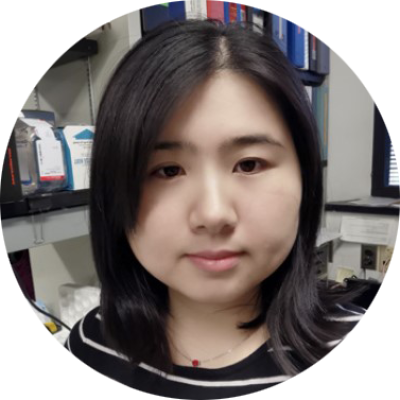
Jie Wang
The iris — the colorful tissue that rings the pupil — plays an important role in visual function by controlling pupil diameter to regulate the amount of light entering the eye. It is also a site of diverse ophthalmologic diseases and a potential source of cells for ocular auto-transplantation. In the laboratory of Dr. Jeremy Nathans, my research focuses on deciphering the cell types of the mouse iris and their genomic response to pupil dilation. More specifically, our work has (1) defined all of the major cell types in the mouse iris, (2) discovered two types of iris sphincter cells and two types of stromal cells, (3) revealed the differences in cell type-specific transcriptomes in the resting and dilated states, (4) clarified the neural crest contributions to the iris by using the Cre-loxP system. These findings expand on our fundamental understanding of the iris and should be a valuable reference for investigations of iris development, disease and pharmacology, for the isolation and propagation of defined iris cell types, and for iris cell engineering and transplantation.
Questions & Answers
Why did you choose Johns Hopkins for your work? Johns Hopkins is one of the best universities in the world, for its medical school. There are so many incredible scientists working here. So, it is a great opportunity for me to pursue my research goals at Hopkins and learn how to be a qualified scientist in the future. What does receiving this award mean to you personally and professionally? Do you have any connection with the particular award you received? I am so honored and overwhelmed with gratitude to have been selected to receive the Albert Lehninger Research Award. Personally, I am so excited to be one of the recipients of the Young Investigators’ Awards recognized at Hopkins. It helps me improve my confidence and allows me to contribute with more efficiency. Professionally, it motivates me to make more efforts to making greater discoveries. Dr. Lehninger is a great biochemist, and he made fundamental contributions to the current understanding of metabolism at a molecular level. He is a great example for me to follow to pursuit the dreams of science. What contributed to your project’s success? (Special skills, interests, opportunities, guidance, etc.) The success of this project depends on the people in the Nathans lab. Firstly, I am so thankful to receive great training and support from my supervisor, Jeremy Nathans. When we discussed the problems we met, he always gave me constructive suggestions and inspired me to explore the unknowns in science. Secondly, I gained a lot of help from my colleague, Amir Rattner, who taught me how to analyze the data. Thirdly, my other colleagues contributed to this project’s success through scientific discussions. What thoughts do you have about Young Investigators’ Day itself, as a celebration of the roles students and fellows play in research at Hopkins? Young Investigators’ Day is a great tradition to celebrate the discoveries or breakthroughs in research made by the people from Hopkins. It recognizes the work done by the young trainees and motivates them to continue the future research. It is also an exchange platform for new techniques, new discoveries and new ideas. What has been your best/most memorable experience while at Hopkins? The best experience I’ve had at Hopkins was communications and collaborations. I enjoyed the discussions with my mentor and my lab mates, and finally we found a good solution together. What are your plans over the next year or so? Graduating, looking for faculty positions, etc.? I will be completing my current project this year and I will be applying for a faculty position to continue my career in academia. Tell me something interesting about yourself that makes you unique. Do you have any special hobbies, interests or life experiences? In my spare time, I like reading and mountain climbing.